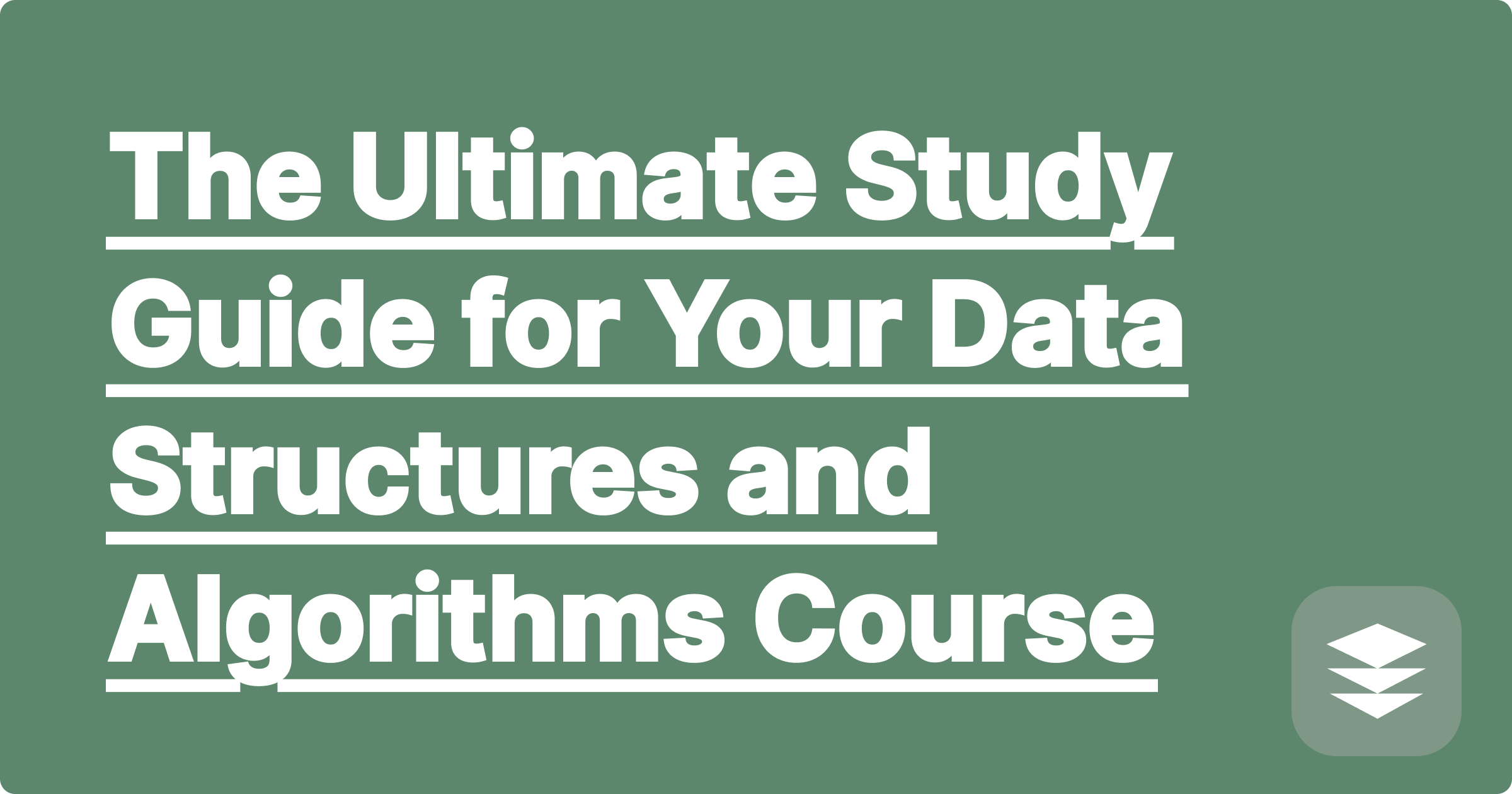
Data Structures and Algorithms (DSA) is more than just a course; it's the foundation of your entire career as a software engineer. It's also famously challenging. You're not just learning to code; you're learning how to think—how to manage data efficiently and solve problems with optimal logic.
The problem is that DSA concepts are often abstract. It's one thing to read a definition of a "hash table" or a "recursive function." It's another thing entirely to visualize how they work under the hood. A standard study guide filled with text and static code snippets is not enough.
You need a dynamic, multi-faceted data structures and algorithms study guide that combines clear definitions, working code examples, performance analysis (Big O), and visual explanations. This guide will show you how to use an AI tool like GPAI Cheatsheet to build the ultimate dsa cheat sheet.
A perfect DSA study guide must answer three questions for every topic:
Traditional notes often fail because they struggle to integrate these three elements cohesively.
An AI-powered tool like GPAI Cheatsheet is uniquely suited to this challenge because it can deconstruct your varied course materials (lecture notes, code files, textbook PDFs) and rebuild them into a structured, multi-faceted guide.
Here's how to build your guide, topic by topic.
[Image: A screenshot of the GPAI Cheatsheet builder showing a visual diagram of a Binary Search Tree on the left, and a clean block of Python code for its implementation on the right. Alt-text: A data structures and algorithms study guide created by AI.]
This is where visual aids are most critical.
"I finally understood recursion when I used GPAI Cheatsheet to generate a call stack diagram from my professor's code example. Reading the code wasn't enough; I needed to see it. That one diagram was worth more than the entire textbook chapter."
Q1: How does the AI generate visualizations for algorithms?
A: A powerful AI tool analyzes the logic of the code or pseudocode. For a recursive function, it can trace the function calls to generate a tree-like diagram. For a sorting algorithm, it can create a series of snapshots showing how the array elements are rearranged at each step.
Q2: Can I trust the Big O complexity analysis from the AI?
A: Yes. The time and space complexity of standard algorithms is well-established knowledge. The AI accesses this information from its training data and presents it in a clear, structured format. It's a reliable way to get a quick summary for comparison.
Q3: How is this better than just using a dsa cheat sheet I found online?
A: A pre-made cheatsheet might use a different programming language, cover algorithms you haven't learned, or miss the specific nuances your professor emphasized. By building a study guide from your own course materials, you ensure the content, code, and terminology are 100% relevant to your exam.
Mastering DSA isn't just about passing a class; it's about building the fundamental knowledge for your entire career. A deep, visual understanding of these concepts is what will set you apart in technical interviews. Stop just reading code and start visualizing it.
Ready to build the ultimate DSA study guide?
[Try GPAI Cheatsheet today. Upload your lecture notes and code, and watch the AI transform them into a comprehensive, visual study guide. Sign up now for 100 free credits.]
The Ultimate Study Guide for Your Data Structures and Algorithms Course
AI for Economics: How to Graph Supply, Demand, and Equilibrium
Can AI Write a MATLAB/R Script for Your Data Analysis Task?
My Professor Talks Too Fast: How an AI Notetaker Can Save Your Grade
The 'Lazy' Student's Guide to a 4.0 GPA with AI
How to Use AI to Win Your Next Study Group Session
Is Your AI Homework Helper Making You Smarter? A Scientific Look
The Perfect Gift for a Struggling Student: GPAI Credits Explained
From Procrastination to Preparation: A 3-Day Exam Plan Using AI
Reducing Cognitive Load: How AI Frees Up Brain-Space for Real Learning